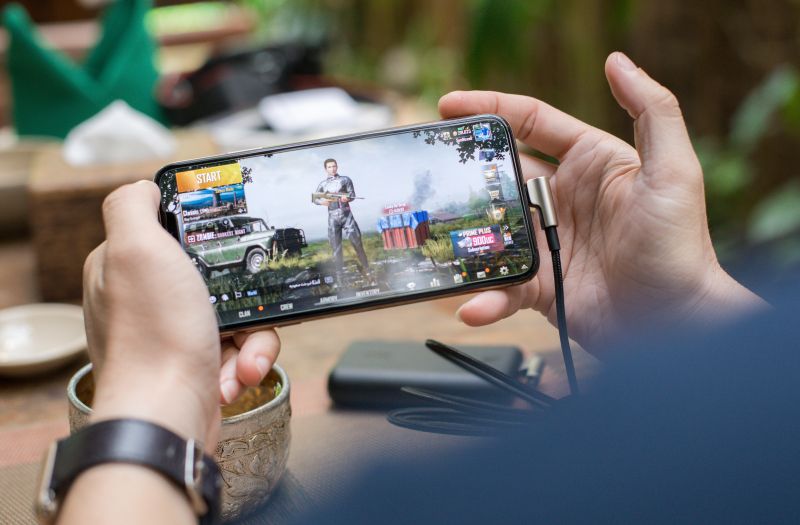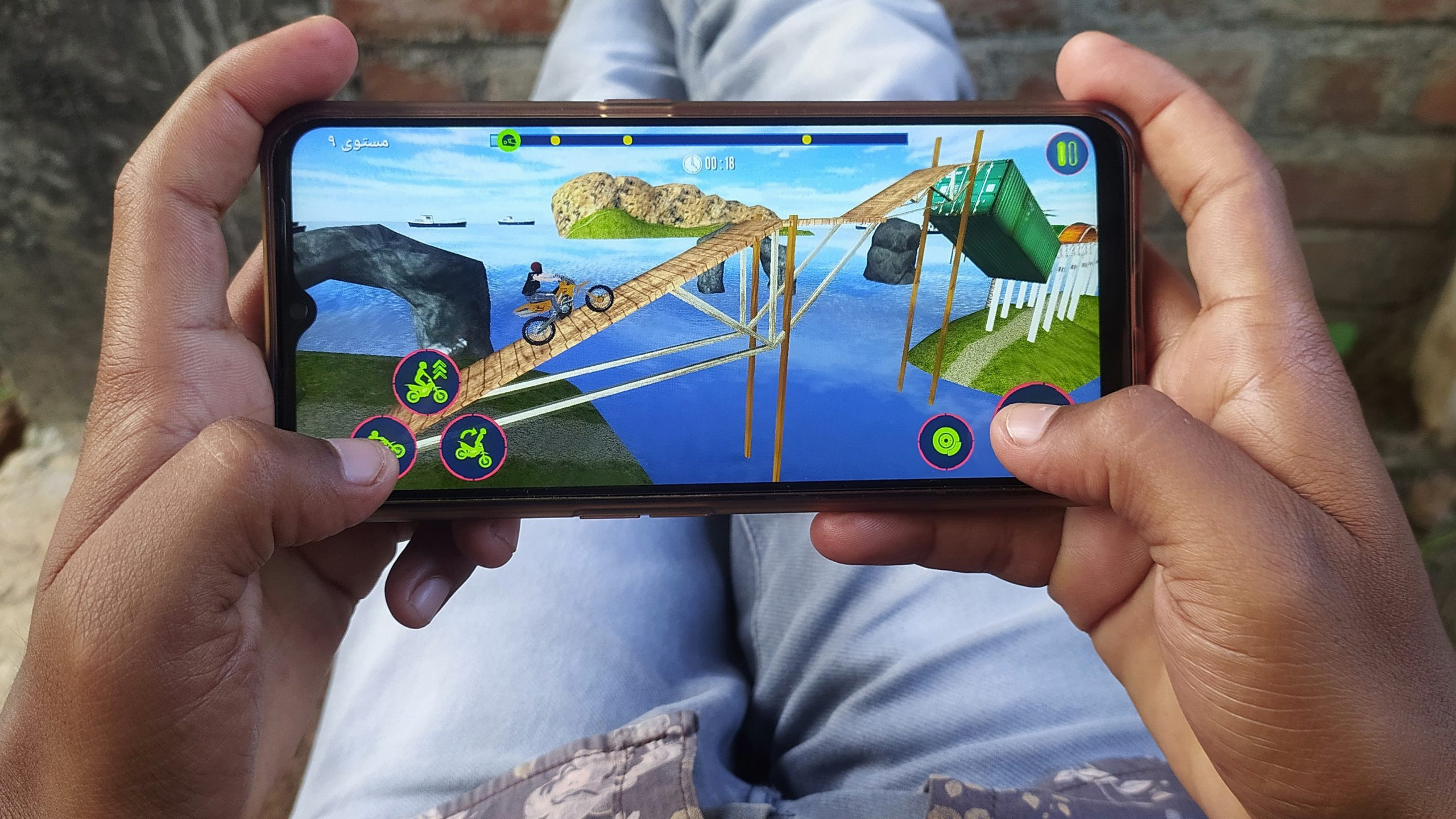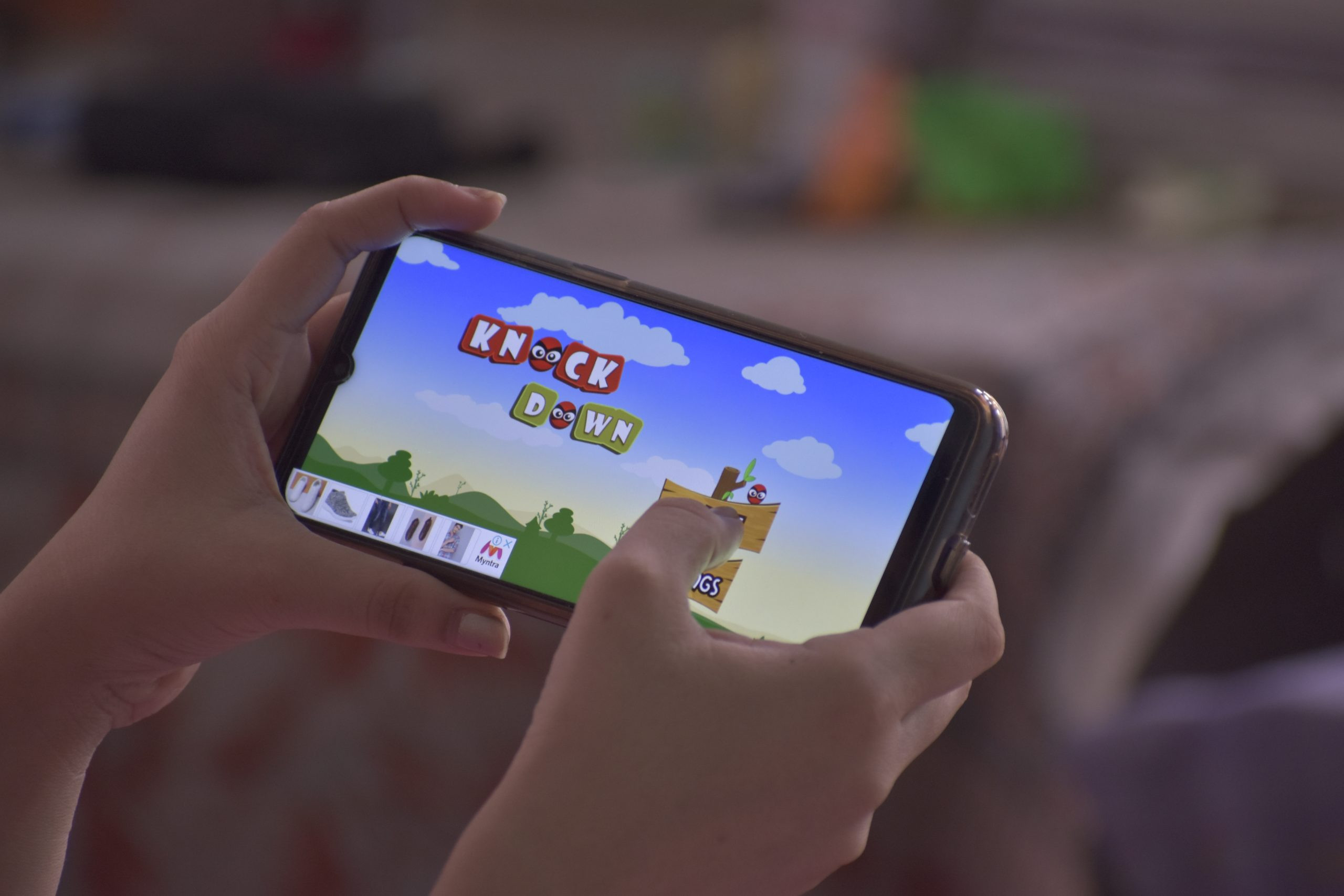Tracing the Trajectory: A Deep Dive into the Evolution of Mobile Gaming
2025-12-22

Mobile gaming has become an integral part of our lives, growing from a niche sector to a multi-billion dollar industry in just over a decade. The availability of smartphones has revolutionized the way we entertain ourselves, making games accessible to a broader audience than ever before.
The evolution of mobile gaming has been fueled by technological advancements, changing consumer behaviors, and the rise of digital distribution platforms. This article aims to explore the evolution of mobile gaming, its influences, and the factors that have contributed to its rapid growth.
From Humble Beginnings: Early Stages of Mobile Gaming

The inception of mobile gaming can be traced back to the era of the late 90s and early 2000s, where black and white screens, button-based interfaces, and monotonic sounds were the norms. During this time, handheld devices like the Game Boy and Nokia mobile phones were considered the epitome of gaming technology. The games available on these devices, such as Tetris and Snake, were incredibly simple in design and function, yet they managed to captivate and engage users, thereby laying the foundational stone for the mobile gaming industry.
These early games were primarily pre-loaded onto the device, with no additional content or updates available post-purchase. Despite their simplicity, these games introduced many to the concept of gaming on the go, which was a novelty back then. This convenience factor was a significant contributor to their popularity, as it allowed users to engage in gaming activities irrespective of their location or circumstance, thereby breaking the traditional tether of a fixed gaming setup.
However, while these games were entertaining and enjoyable, they were still very basic and lacked the depth, complexity, and visual appeal of console or PC games. As such, mobile gaming during this era was largely considered a casual pastime rather than a serious gaming platform. This perception started to change with the introduction of smartphones and digital app distribution platforms like Apple's App Store and Google Play. These platforms allowed for the development and distribution of more complex and visually appealing games, which could be easily downloaded and updated, thereby significantly enhancing the mobile gaming experience.
What started as a simple, pixelated game of Snake on a Nokia 3310 transformed into a plethora of gaming options available at the fingertips of smartphone users worldwide. This transformation was not an overnight occurrence but rather a gradual process fueled by numerous technological advancements, market shifts, and changes in consumer behaviors. New players entered the market, bringing innovative ideas and designs, pushing the boundaries of what was previously thought possible for mobile games. The increased competition also spurred creativity and innovation as developers sought to distinguish themselves in a rapidly growing market.
The Smartphone Revolution: The Game Changer

The advent of smartphones marked a transformative moment in the history of mobile gaming, fundamentally altering the paradigms of gameplay and user interaction. Until then, mobile games were largely restricted by the limited computational power and display capabilities of traditional mobile phones. However, the introduction of smartphones, armed with powerful processors, high-quality displays, and intuitive touch-screen interfaces, changed the game entirely.
Smartphones enabled richer graphics, complex game mechanics, and a degree of interactivity that was unprecedented in the mobile gaming sphere. The touch-screen interface, in particular, introduced a whole new level of user interaction, making games more engaging and immersive. Traditional buttons were replaced by gestures such as swipes and pinches, bringing a sense of direct manipulation of on-screen objects.
Furthermore, the connectivity features of smartphones opened up new possibilities for multiplayer gaming. Games could now be played in real-time with other players across the globe, fostering a sense of community and competition. Titles like Clash of Clans and PlayerUnknown's Battlegrounds (PUBG) Mobile capitalized on this aspect, offering compelling multiplayer experiences that drew in millions of players.
Equally significant was the role of app distribution platforms like Apple's App Store and Google Play in the smartphone revolution. Prior to their advent, game developers faced significant challenges in distributing their games to a wide audience. However, these platforms streamlined the distribution process, allowing developers to reach a global audience with ease. Moreover, they provided a platform for monetization, giving developers the opportunity to generate revenue through app purchases and in-game transactions.
Games like Angry Birds, Fruit Ninja, and Candy Crush Saga became cultural phenomena in the smartphone era, attracting millions of players worldwide. Their success stories served as a testament to the potential of mobile gaming as a lucrative business, drawing the attention of major game studios and indie developers alike. As a result, investment in mobile game development surged, leading to an explosion in the number and variety of mobile games available.
Monetization Models: The Fuel for Growth

The mobile gaming industry owes a significant chunk of its success to the innovative and diverse monetization models that have come into play. These models have not only enabled developers to generate substantial revenue, but they have also created an engaging and versatile gaming ecosystem for the players.
One of the most popular and widely adopted models is the free-to-play (F2P) model. Under this model, games are free to download and play, making them accessible to a vast audience. However, these games often include optional in-app purchases (IAPs) or microtransactions that enhance gameplay, provide additional content, or offer cosmetic upgrades. These could range from power-ups and extra lives to character skins and special abilities. This model has found great success in games like Fortnite and Clash of Clans, encouraging repeated player engagement and continuous revenue streams.
Alongside the F2P model, the freemium model has also found significant success in the mobile gaming landscape. A freemium game allows players to download and start the game for free, but to unlock additional content or features, a purchase is required. This could be a one-time purchase to remove ads or unlock the full game, as seen in games like Monument Valley, or it could be a recurring subscription for ongoing content updates.
The rise of the subscription model has been another noteworthy trend in recent years. Similar to platforms like Netflix or Spotify, some mobile game developers offer a variety of games or premium features under a monthly or yearly subscription fee. Services like Apple Arcade and Google Play Pass are excellent examples of this model. Offering a curated selection of ad-free and IAP-free games for a small monthly fee, these services cater to gamers looking for a premium, uninterrupted gaming experience.
Lastly, the traditional paid model still has its place in the mobile gaming industry. Some games are available for a one-time purchase, often providing a complete gaming experience without ads or additional purchases. These are more common in premium, high-quality games like Minecraft or The Room series.
Each of these monetization models caters to different player preferences and spending habits, allowing mobile gaming to reach a broad and diverse audience. The ability to select a suitable monetization model based on the game’s design, target audience, and market trends has been a significant driving force behind the exponential growth of the mobile gaming industry.
The Future of Mobile Gaming: AR, VR, and Beyond

As we look towards the horizon of mobile gaming, we see a landscape that's rife with potential and burgeoning with new technologies designed to immerse players in virtual worlds like never before. Augmented Reality (AR) and Virtual Reality (VR) are two such technologies that are set to redefine the way we perceive and interact with mobile games.
AR technology overlays the virtual world with our real-world surroundings, creating a unique gaming environment that's deeply immersive. Niantic's Pokémon Go is a prime example of AR's success in mobile gaming. The game uses the player's GPS and clock to populate the player's real world with virtual Pokémon, creating an addictive mix of reality and fantasy. The game was a global phenomenon, demonstrating the mass appeal of AR gaming and paving the way for future AR games.
VR, on the other hand, transports players into a completely virtual world, offering a level of immersion that's unparalleled by any other medium. With the advent of VR headsets like Oculus Rift and Samsung Gear VR, high-quality VR experiences are becoming increasingly accessible to the average consumer. Games like Beat Saber and SuperHot VR have already shown the potential of VR in creating engaging and immersive gaming experiences. Although VR gaming on mobile devices is still in its early stages, the rapid advancements in VR technology indicate a promising future.
Another exciting development in the world of mobile gaming is the advent of cloud gaming services. Giants like Google and Microsoft are investing heavily in cloud gaming, with platforms like Google Stadia and Microsoft's Project xCloud aiming to bring high-quality, console-level gaming to mobile devices. By leveraging the power of cloud computing, these platforms aim to eliminate the need for high-end hardware for gaming, making graphically intensive games more accessible to the average user.
Moreover, the rollout of 5G technology is set to revolutionize mobile gaming. With its faster speeds and lower latency, 5G will significantly enhance the gaming experience, particularly in multiplayer games where quick response times are crucial. This will not only improve existing mobile games but also open up possibilities for new types of games that were previously not feasible due to technological limitations.
In conclusion, the evolution of mobile gaming has been a fascinating journey driven by technological advancements and changing consumer behaviors. The industry has come a long way from the days of Snake and Tetris, becoming a major player in the global entertainment industry. The future looks bright for mobile gaming, with new technologies and business models expected to drive further growth and innovation.


